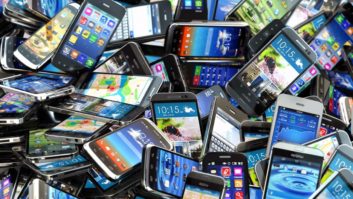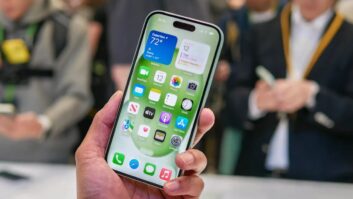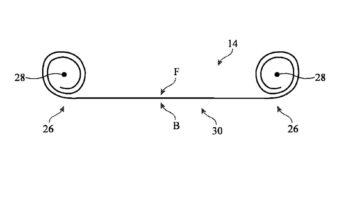Apple’s iPhone has sparked an intense discussion of the merits of locked vs. unlocked cellular phones.
First, Tim Wu in Slate relays his experience in unlocking an iPhone and discusses its broader implications:
The worst thing that you can say about me is that I’ve messed with Apple’s right to run its business exactly the way it wants. But to my mind, that’s not a right you get in the free market or in our legal system. Instead, Apple is facing trade-offs rightly beyond its control. When people unlock phones, Apple loses revenue it was hoping for, but also gains customers who would have never bought an iPhone in the first place. That’s life.
And what, exactly, is Apple afraid of? In the short life of the iPhone, its fans have built surprisingly good, if unauthorized, third-party programs, ranging from Sudoku to a great app that uploads your photos directly to Flickr. As economist Eric Von Hippel teaches inDemocratizing Innovation,much product improvement comes from users who monkey with and enhance the products they use every day. Apple’s aggressive upgrade strategy is not just blocking unlocking but also shutting down its “Think Different” customers. Apple is making its product less valuable to its most loyal fans, and that’s a big mistake.
Tim Lee, at Cato, follows up saying:
It’s also worth highlighting that part of the reason Wu concludes that unlocking the iPhone is legal is that the Copyright Office included cell phone unlocking as one of its explicit exemptions to the Digital Millennium Copyright Act, the law that I’ve argued is holding back innovation in other parts of the consumer electronics industry. It’s great that the Copyright Office has recognized that using your iPhone with the carrier of your choice has nothing to do with copyright infringement, but it’s still not legal to (for example) build aDVDplayer that will fast-forward through commercials, or to build an MP3 player that will play songs purchased from iTunes. It would be better if the DMCA’s anti-circumvention provisions were repealed, so that inventors didn’t have to go begging to the bureaucrats at the Copyright Office for permission to engage in this kind of beneficial tinkering.
But then what would the bureaucrats at the Copyright Office do all day?
Wu had an earlier piece in Slate where he attacked cellular locking more directly:
If Apple wanted to be “revolutionary,” it would sell an unlocked version of the iPhone that, like a computer, you could bring to the carrier of your choice. An even more radical device would be the “X Phone”—a phone on permanent roam that chose whatever network was providing the best service. Imagine, for example, using your iPhone to talk on Sprint because it had the best voice coverage in Alaska, while at the same time usingVerizon’s 3G network for Internet access. Of course, getting that phone to market would be difficult, and Apple hasn’t tried.
This prompted Thomas Hazlett to argue (via Cato) that the “walled garden” approach of locking is just fine and dandy:
What works best for consumers is a competitive process in which independent developers, content owners, hardware vendors and networks vie to discover preferred packages and pricing. When decision-makers compete for customers and answer to shareholders, a sophisticated balance obtains. The alternative proposition, business models voted on by regulators, is a recipe for stasis.
Apple could have offered its device as an “open” platform, but instead chose (as with iTunes, iPods and Apple computers) to control how it builds, and how buyers use, its product. It aims for competitive superiority. Quashing its model bops the innovator on the head.
It’s an interesting debate, but one that is, at this point, largely theoretical. Apple is trying to “brick” the unlocked phones, and there doesn’t seem to be any real enthusiasm for breaking the current cellular business model, regardless of where one stands on the merits of said model.













